NASA Space Shuttle Orbiter
Production Time 9 to 10 weeks
Shipment is by FedEx, UPS or DHL International Express Courier with a normal door-to-door delivery time worldwide of within 2-3 business days after dispatch. Due to the current volatility of world fuel prices, the amount mentioned here is our best estimate for DHL and UPS and may be subject to change at the time of shipping.

Model Description: NASA Space Shuttle Orbiter Wood Replica Scale Custom Model
Manufacturer: Rockwell International
Wingspan: 7.7 Inches (19.6 Centimeters)
Height: 5.5 Inches (14 Centimeters)
Scale: 1:122
$169.50
Production Time 9 to 10 weeks
-
United States dollar ($)
-
Pound sterling (£)
-
Euro (€)
-
Australian dollar ($)
-
Canadian dollar ($)
-
Singapore dollar ($)
-
Swiss franc (CHF)
-
Japanese yen (¥)
-
Danish krone (kr.)
-
Hong Kong dollar ($)
-
Norwegian krone (kr)
-
Swedish krona (kr)
-
United Arab Emirates dirham (د.إ)
General Product Description
Our PlaneArts NASA Space Shuttle Orbiter model exhibits unique, unrivaled quality and detailed design to come as close as possible to the accuracy of the actual plane. It comes as standard with a robust, durable base or stand which is available in a variety of different finishes designed to match your own personal requirements including solid wood, wood with polished metal supports or adjustable wood wall mount and will be ready within about 9-10 weeks from placement of order.
The NASA Space Shuttle Orbiter is made of the finest kiln dried renewable mahogany wood (commonly known as Lauan or Meranti) which has undergone many stages of carving and meticulous and careful sanding giving the beautiful, finished museum quality masterpiece. Many collectors and model connoisseurs demonstrate their preference for genuine handmade and hand painted mahogany wood models rather than plastic or die cast (diecast) alternatives due to the overall look and totally different feel of the item - we trust you will find the same. We can however, if required produce the same model in Solid Cast Resin so just click and contact us for further information. Our craftsmen and gifted artisans ensure that our finely handcrafted model air and spacecraft match the precise blueprint details of the original version. The paint scheme, markings and parts are closely matched, reflecting the original craft. This stylish top-quality desktop replica model will surely enthrall anyone who receives this as a gift and for sure one of the most appropriate and desirably collectable gifts for every Space or Science Fiction enthusiast and avid Spaceship or Scifi collector whilst also displaying a perfect resemblance to the actual NASA Space Shuttle Orbiter model.
If you require, we can also make the NASA Space Shuttle Orbiter model in any other markings, livery or colour scheme you require and if necessary, in a different size or scale. Just click here to contact us with a description or photographs of what you require, and we will let you have a quotation for the necessary customization by return email. We can also make bespoke scale replicas of any other private / civil commercial airliner or airliners, helicopter, glider, gliders with engines, military jet, warplane jets, propeller warplanes, biplane, triplane, tail fin, spacecraft, rocket or NASA model you require in any airline, military or civilian livery or colors. We also produce Gerry Anderson models, model airship, blimp, dirigible, blimps, boat, and ship collectibles. Wall plaque or seal for military, government or private customers. Wall plaque or seal for military, government or private customers. Again, by clicking here to contact us just let us know exactly what you need.
NASA Space Shuttle Orbiter: Pioneering the Reusable Spacecraft Era
The NASA Space Shuttle Orbiter, a cornerstone of American space exploration, revolutionized our approach to space travel by being the first reusable spacecraft. The Space Shuttle program, formally known as the Space Transportation System (STS), ran from 1981 to 2011. During these three decades, the Shuttle not only enabled numerous scientific discoveries but also fostered international cooperation in space.
Development and Design:
The development of the Space Shuttle Orbiter began in the 1970s as NASA sought a more cost-effective method for space exploration. Unlike the expendable launch vehicles of the Apollo era, the Shuttle was designed to be reused multiple times, drastically reducing the cost per mission. The main components of the Shuttle included the Orbiter, the large External Tank (ET), and two Solid Rocket Boosters (SRBs).
The Orbiter itself was a marvel of engineering, combining the technology of rocketry, aircraft, and robotics. It featured a delta-wing design and was equipped with heat-resistant tiles that made it capable of withstanding the extreme temperatures of re-entry into Earth’s atmosphere.
Milestones and Achievements:
The first Space Shuttle, Columbia, launched on April 12, 1981. It marked the beginning of 135 missions that would build satellites, conduct science experiments in orbit, and help construct the International Space Station (ISS). Notable orbiters, including Challenger, Discovery, Atlantis, and Endeavour, each played critical roles in the success of the Shuttle program.
One of the Shuttle’s most significant achievements was the deployment of the Hubble Space Telescope in 1990 by the Discovery orbiter. This allowed humanity to peer deeper into space than ever before. The Shuttle program was also essential in the construction of the ISS, with numerous missions dedicated to delivering modules and supplies, performing spacewalks, and conducting repairs and maintenance.
Tragedies and Challenges:
Despite its numerous successes, the Shuttle program faced significant challenges, including two tragic disasters. In 1986, the Challenger exploded shortly after liftoff, killing all seven crew members. In 2003, the Columbia disintegrated upon re-entry, also resulting in the death of all seven astronauts aboard. These disasters led to major inquiries and a reevaluation of NASA’s approach to space exploration, emphasizing safety improvements and risk management.
Legacy and Retirement:
The Shuttle program ended with the final flight of Atlantis in July 2011. By its retirement, the Space Shuttle had become a symbol of human space exploration’s potential and its perils. The program’s end marked the transition to a new era where NASA shifted focus towards deep space exploration missions and began collaborating more with commercial aerospace companies.
The legacy of the Space Shuttle continues to influence current space missions, with technologies developed during the Shuttle era paving the way for new spacecraft designs, including NASA’s Orion and SpaceX’s Crew Dragon. Moreover, the program’s emphasis on international cooperation remains a cornerstone strategy for current and future space exploration initiatives.
In conclusion, the Space Shuttle Orbiter was not just a spacecraft but a transformative technology that changed the trajectory of space exploration. Its contributions to science and engineering continue to impact how we venture beyond our planet, ensuring its place in history as one of the most significant spacecraft ever built.
| Weight | 6 kg |
|---|---|
| Dimensions | 12 × 7.7 × 5.5 in |

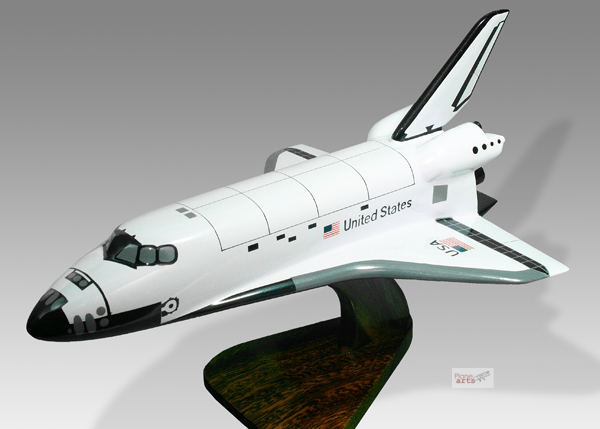

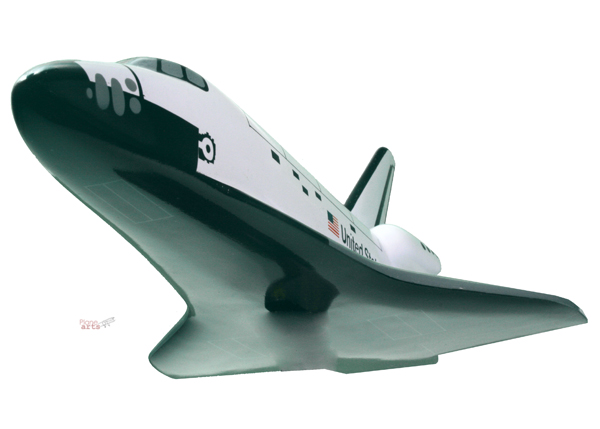
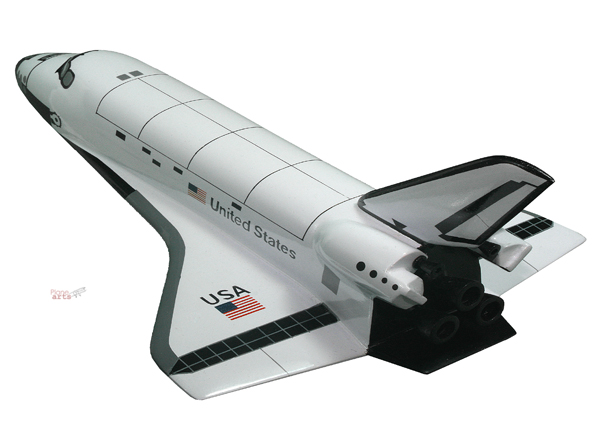
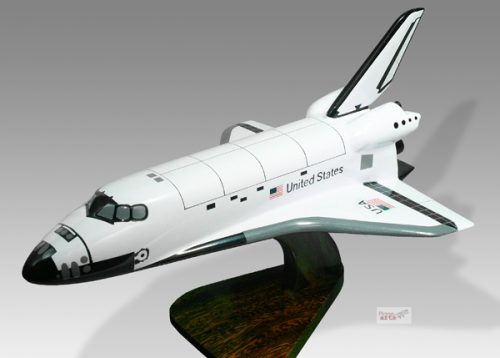

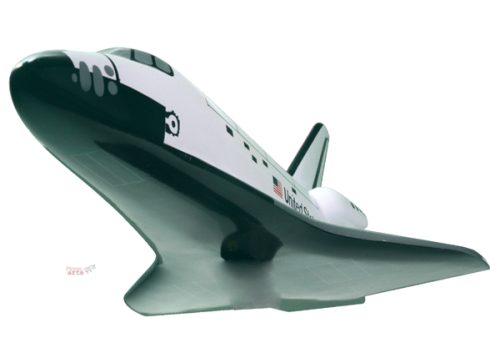

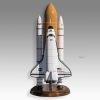
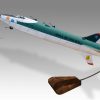
Reviews
There are no reviews yet.